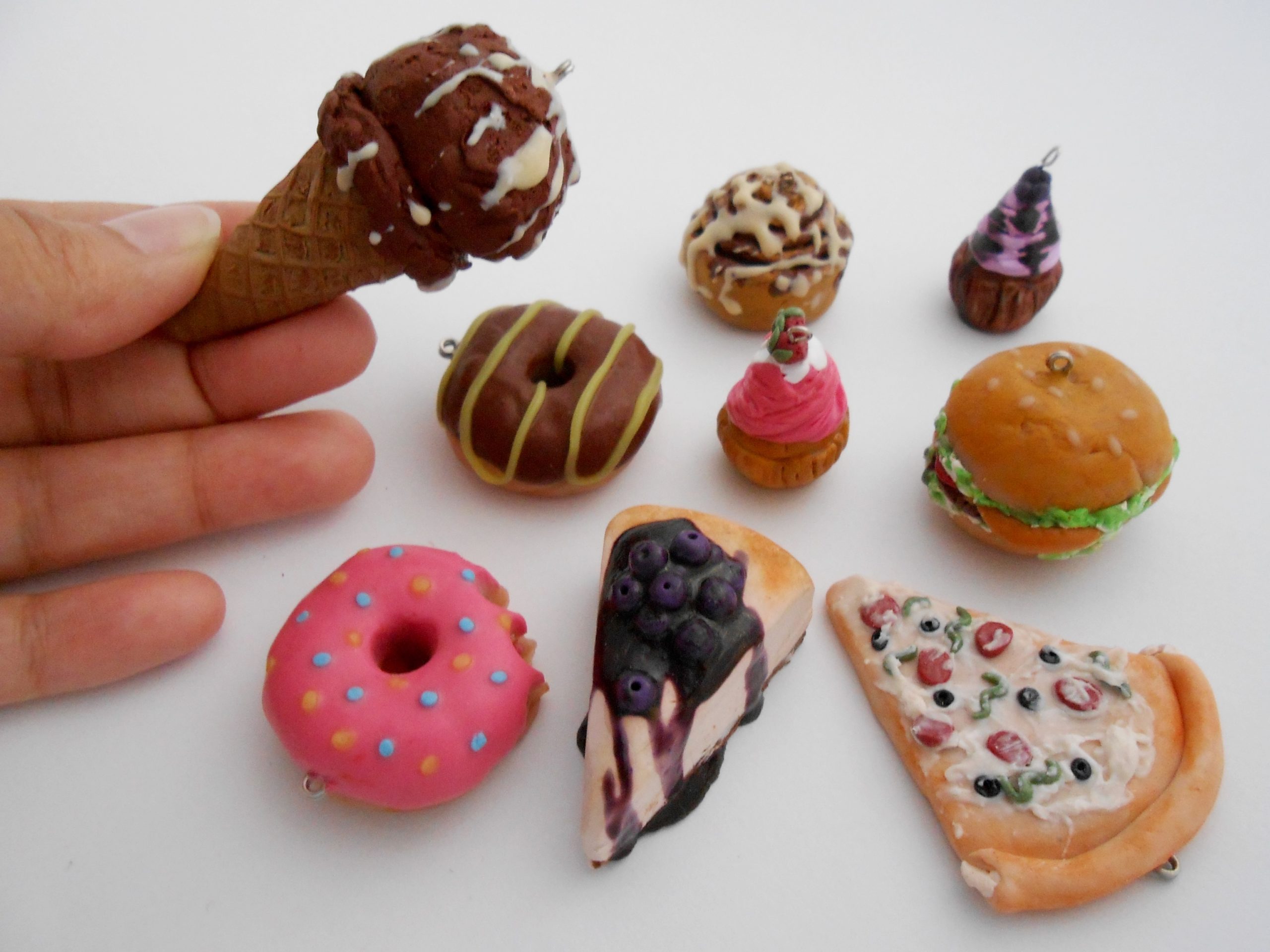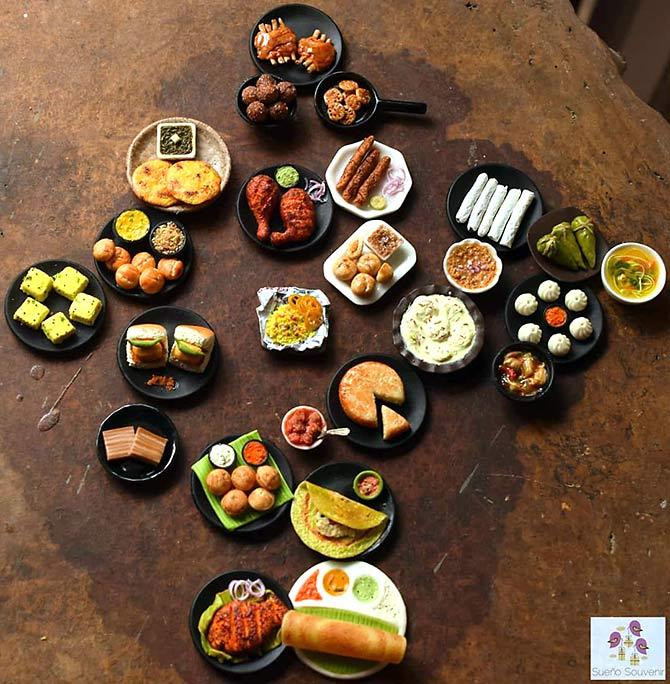The polymer clay food is made from a synthetic clay-like material. It’s flexible and cool, but it hardens in the oven after heat curing. This permanently preserves the artist’s original work. The miniature-sized polymer clay food can be used to decorate doll houses and kitchens or as jewelry accents. It is possible to create miniature versions of almost any food by carefully studying
The details and using the correct tools, techniques, materials Clay Food
- Step 1
Mix transparent and colored polymer ceramic clay to make most health foods models. Real food has some transparency. You can experiment to Clay Food determine the right proportions. A slice of watermelon requires more transparent clay than a piece of bread. However, even bread requires a little transparent clay to make the final product look realistic.

- Step 2
Take photos of raw foods and try to replicate as many details as you can. A real orange isn’t just a small round ball. It has tiny indentations Clay Food on its surface and a hint green at the stem end. To create a realistic texture, roll a piece of polymer clay orange on the toothbrush’s top. Then brush on some light green pastel powder at one end.
- Step 3
To achieve a wet appearance in your final product, always paint the edges of fruit with clear gloss. This method can also be used for other wet amazing foods like jelly, gravy, and slices of raw beef. Clear gloss can be tinted with acrylic paint to reproduce the transparent color of maple syrup or butter.

- Step 4
Acrylic paint and powdered chalk can be used to create highlights, shadows, and other color variations in polymer clay food. Sprinkle tan chalk over bread to indicate darker areas; sprinkle small amounts of white chalk dust on a cookie to resemble powdered sugar, sprinkles, or sugar; then use a toothbrush and splatter brown paint onto ripe bananas.
- Step 5
You can add fine details to the final product by using Clay Food crafting cooking tools. To create realistic veins in tiny lettuce leaves, score the edges of cake slices with the tip end of an awl. You can also cut thin pieces of clay into diamond shapes for the outside of a model pineapple.
